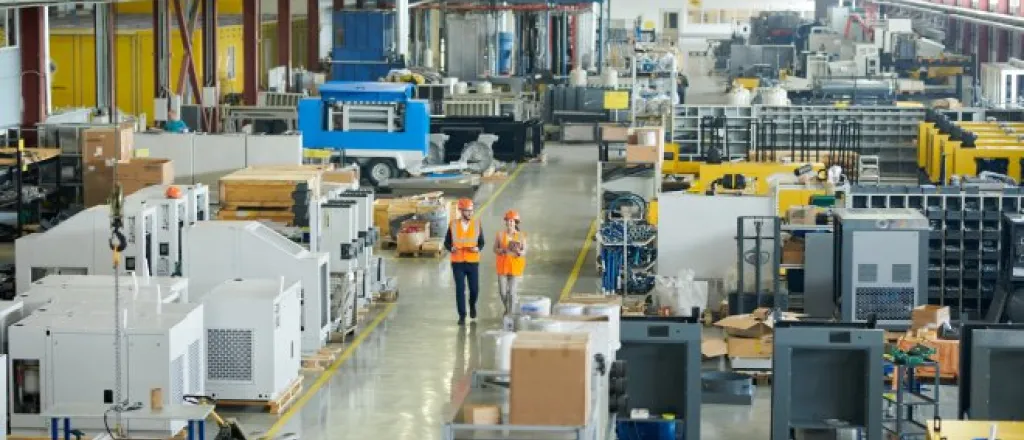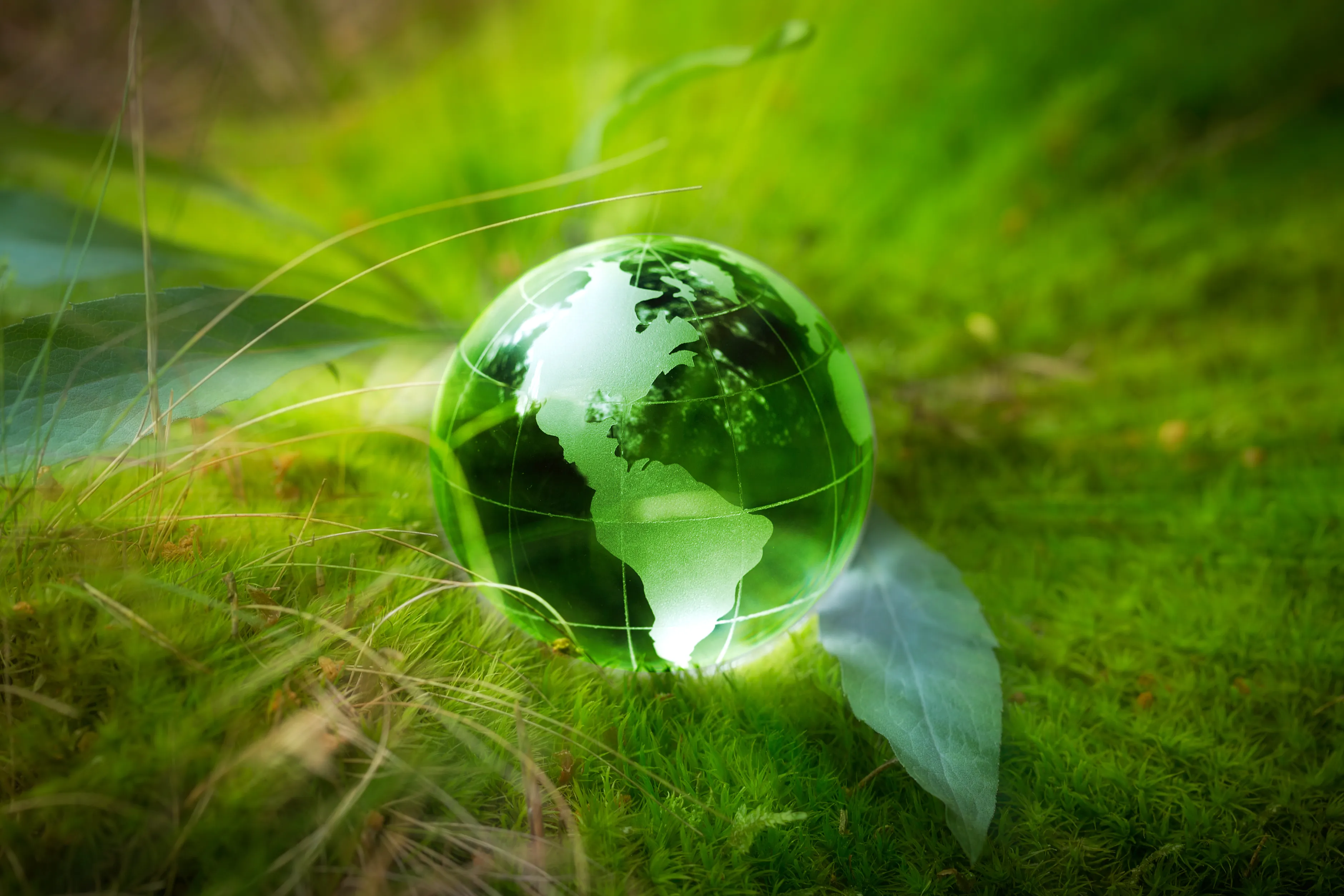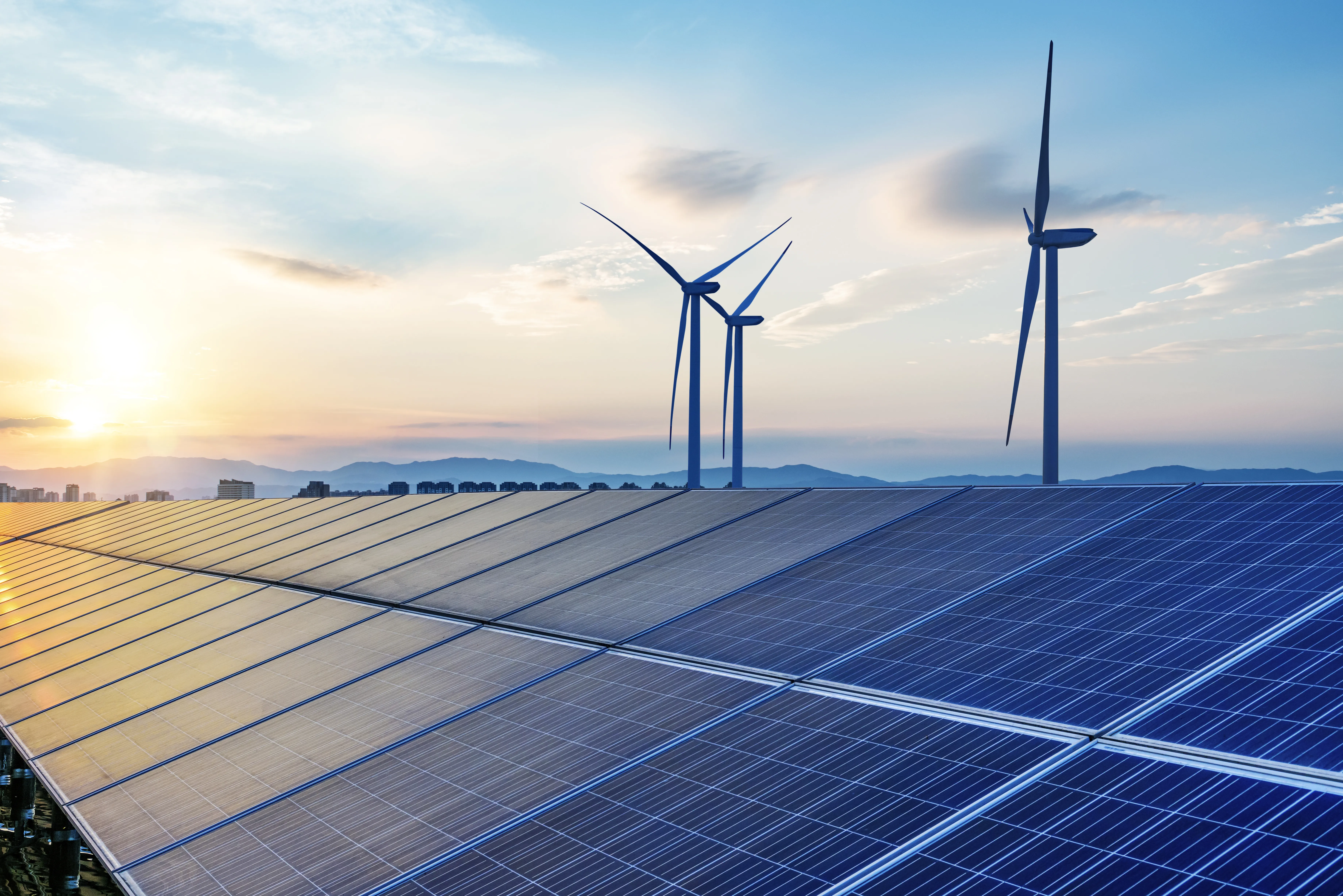
Explain it: why is manufacturing resource-intensive?
©
Manufacturing drives economies by creating the products people use every day. However, producing goods on a large scale requires significant supplies. Let's explore specific reasons why manufacturing is a resource-intensive process.
Energy demands of machinery and processes
It’s no secret that manufacturing relies on energy to power its machinery and processes. Machines that cut, weld, mold, and refine materials consume large amounts of electricity or fuel.
Processes like smelting metals, molding plastics, and assembling electronics require intense heat, which drives up energy usage. Many factories depend on fossil fuels, which adds to their environmental burden.
For instance, glass production involves heating raw materials to over 1,700°C, necessitating significant energy input. Renewable energy options exist, but their adoption often lags in large-scale manufacturing.
Raw material extraction and processing
Manufacturing cannot exist without raw materials like metals, plastics, and chemicals. That said, manufacturing is resource-intensive because companies must extract and process these materials. Mining for metals like aluminum or iron disrupts ecosystems and consumes large amounts of energy and water.
Processing raw materials, such as refining petroleum to create plastics, introduces additional environmental challenges. For example, the automotive industry requires steel, copper, rubber, and other resources, each involving extensive extraction efforts.
With global production consistently rising, the need for raw materials places immense pressure on natural reserves.
Intense water usage
Factories rely on water for cooling machinery, cleaning products, and driving production. Industries like textile manufacturing need tens of thousands of liters to produce a single batch of fabric.
After usage, this water becomes polluted, requiring treatment before it reenters the environment. The food sector uses vast amounts of water as well, both in production and cleaning.
This high dependency creates challenges for regions facing water scarcity.
Supply chain complexity and transportation
Many factories depend on long, global supply chains that create additional resource demands. Transporting raw materials and finished products burns fossil fuels and contributes to air pollution.
This is because each stage relies on shipping trucks, cargo ships, or planes, all of which carry a high environmental cost. Logistics networks such as these contribute substantially to manufacturing's overall resource use.
The role of emissions in resource intensity
Manufacturing remains one of the leading sources of greenhouse gas emissions. Processes for cement and steel production release vast amounts of carbon dioxide, driving climate change.
Reducing emissions can be challenging but many companies adopt new processes to mitigate the issue. For example, investing in carbon capture and storage (CCS) technologies and solvent recycling are great ways manufacturers can reduce emissions.
Scaling production and resource multiplication
When manufacturers increase production to meet demand, they consume even more resources. Scaling plants to produce millions of units amplifies the need for energy, water, and raw materials.
Mass production techniques may create efficiencies, but they also mean using larger supply chains and generating greater volumes of waste. For example, industries mass-producing packaging, like food-safe plastics, must source immense amounts of petroleum, process it, and manage significant waste outputs.
Addressing the impact of scaling requires long-term investment in mindful practices.

















